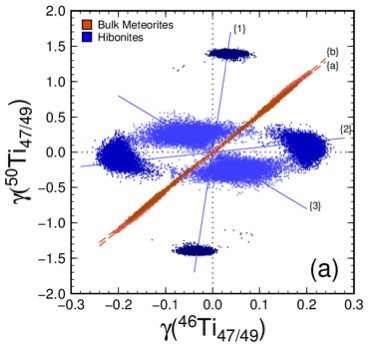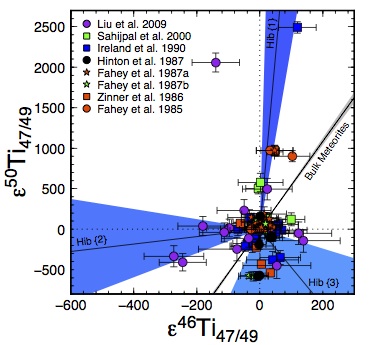|
I am a geochemist and I work on a variety of different systems. My interests range from mantle sources and present day volcanic systems to the formation of the Earth and the early Solar System. My main scientific focus concerns investigating the formation of Earth and the sources and processes of the early solar system. I achieve this by using and developing new isotopic techniques to examine a variety of different rocks and meteorites. To find out more about my research please see a full list of my publications here and my google scholar page here. I describe some of the areas in which I am interested below. |
|



